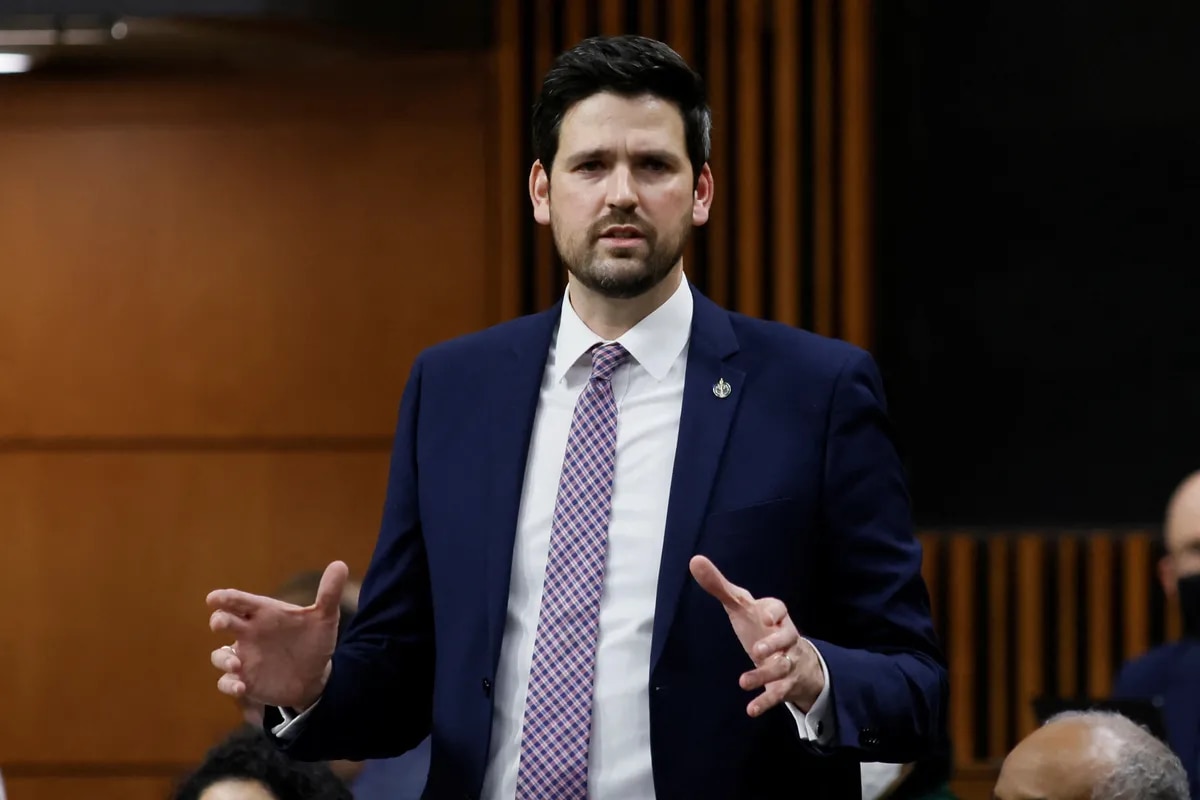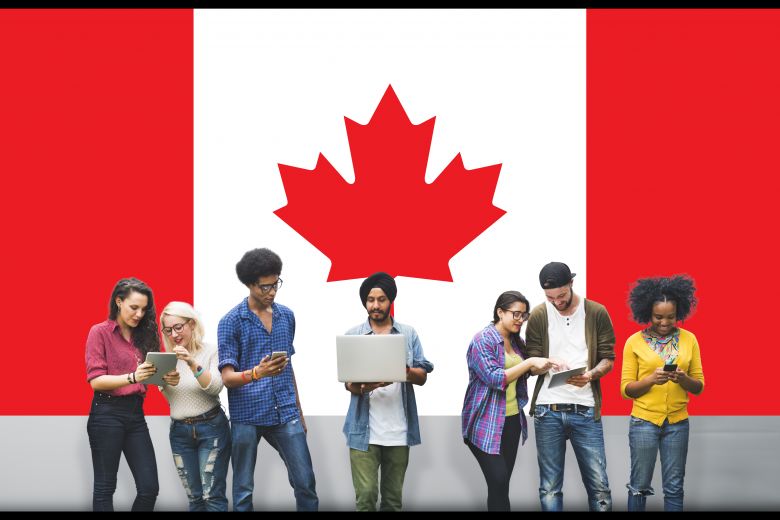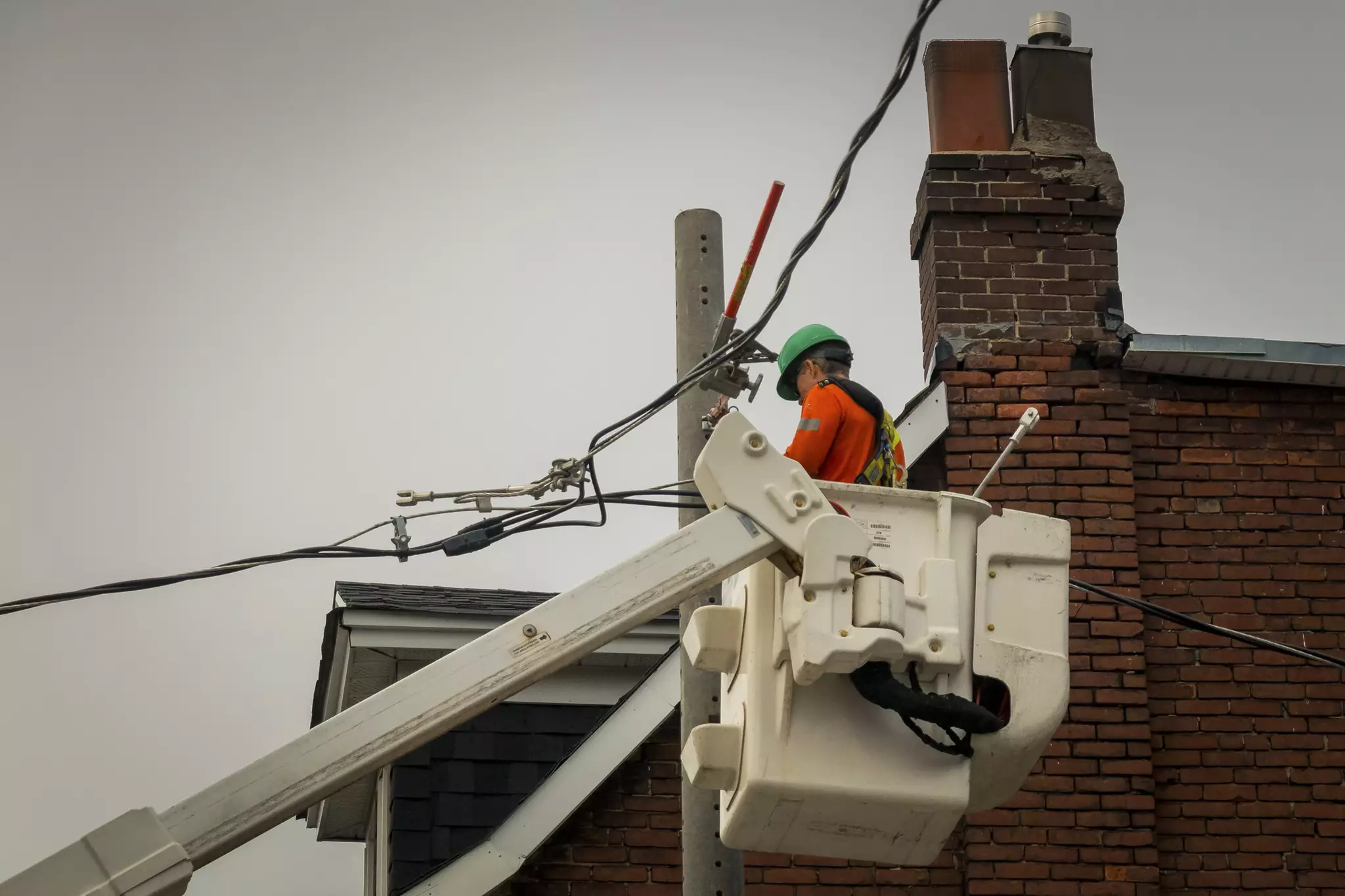The Canadian government has set an ambitious target for Canada immigration in 2022, aiming to welcome approximately 432,000 newcomers as part of a comprehensive strategy to tackle significant labor market shortages and promote economic recovery in the wake of the COVID-19 pandemic. This initiative reflects a commitment to enhancing the workforce and ensuring that Canada remains competitive in a rapidly changing global economy.
Jobs in Canada: FG Aims to Welcome 432,000 Immigrants in 2022 to Address Labor Shortages
The annual immigration levels plan, tabled in Parliament, projects that Canada will admit around 431,645 permanent residents this year, with projections of approximately 447,000 in 2023 and 451,000 in 2024. A substantial portion of these permanent resident spots—56 percent—will be designated for immigrants coming to Canada specifically to fill job vacancies. This strategic focus underscores the government’s recognition of the critical role that immigrants play in sustaining and growing the economy.
Addressing Labor Shortages in Key Sectors
Immigration Minister Sean Fraser emphasized the importance of this initiative, stating that the COVID-19 pandemic has highlighted how essential immigrants are to Canada’s success. Newcomers often fill many frontline jobs, which are crucial for the functioning of various sectors. “When I talk to restaurants, machine shops, health care providers, or virtually any other business, I see help-wanted signs in windows,” Mr. Fraser noted. By launching what is described as the most ambitious immigration plan in Canadian history, the government aims to equip the economy with the workers it needs to thrive.
Economic Implications of Increased Immigration
Ottawa has pointed out that immigration accounts for 100 percent of labor-force growth in Canada. With an estimated five million Canadians set to retire by the end of this decade, the worker-to-retiree ratio is expected to decline significantly, further emphasizing the need for increased immigration. Goldy Hyder, president and CEO of the Business Council of Canada, remarked that the number of job vacancies in the country is nearing an all-time high, and immigration will be a key driver of recovery from the pandemic. He welcomed the government’s immigration targets but stressed that these plans must be supported by enhanced processing capabilities and resources for newcomers.
Immigration Pathways Available in 2022
To help meet these new targets, the government is urged to expand the immigration system’s processing capacity. This includes adding new processing centers, updating outdated IT systems, and increasing the recruitment and training of border agents and settlement services personnel. A growing workforce should also be accompanied by increased investments in public services, housing, and infrastructure to ensure that newcomers can integrate successfully into Canadian society.
Support Systems for New Immigrants
In response to the anticipated influx of immigrants, the government has recently hired 500 new processing staff and allocated $85 million in new funding to reduce application backlogs. Additionally, NDP immigration critic Jenny Kwan has called for the introduction of special immigration levels to provide the 500,000 migrant workers already in Canada with a pathway to settlement, thereby addressing the ongoing labor-skill shortage.
Long-term Vision for Canada’s Immigration Strategy
While the government plans to increase the number of economic immigrants welcomed to Canada over the next three years—from nearly 242,000 this year to more than 267,000 in 2024—it will also reduce the number of refugees it offers safe haven to. Canada is set to resettle approximately 77,000 refugees this year, 74,000 in 2023, and 62,500 in 2024. Mr. Fraser indicated that resettlement numbers will gradually decrease as Canada fulfills its commitment to resettle 40,000 Afghan refugees over the next two years, with more than 7,550 Afghan refugees already resettled in Canada since last August.
The Future of Canada Immigration
The reduction in refugee-resettlement targets—particularly the government’s plan to accept more privately sponsored refugees than government-assisted ones—has raised concerns among advocates. The Canadian Council for Refugees stated that the responsibility for resettling refugees lies with the government, and to reflect that responsibility, the government should resettle more refugees than private citizens. Overall, immigration levels have grown substantially since the Liberals took power in 2015, and the government is committed to ensuring that immigration continues to play a vital role in shaping Canada’s workforce and economy in the years to come.
Canada Visa Application
The following links will help you apply for a visa to Canada.
- Canada Visa Application: 100% Working Guide
- Canada Visa Categories and Visa Type Recommendation
- Get Canadian Passport Office Phone Numbers And Address
- Tips For Application For Canada PR Visa
Work in Canada
Canada has a wide range of opportunities for skilled and unskilled immigrants and professionals alike. The following links should help you get started.
- FAQs: How to Get a Canadian Work Visa
- How to Move to Canada and Work without a Work Permit
- Post-Graduation Work Permits for International Students In Canada
- The Best 10 Cities To Find A Job In Canada
- Top 10 Jobs in Canada that don’t require a University Degree
- Top 25 Places You Can Work In Canada As An Immigrant
Study in Canada
You can obtain student status in Canada by following the guidelines described in the links below.









No comments yet.